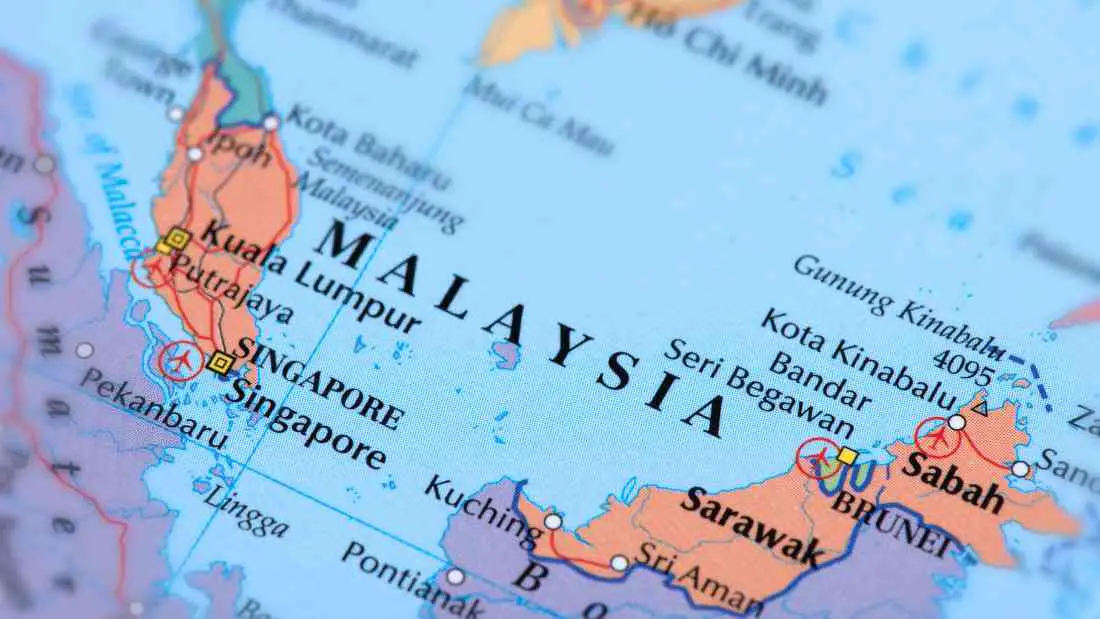The fact that accumulation of profit is the existing teleological end in the relationship between the capitalist and the wage labourer, reveals that one party is constantly being exploited.
A conflict of interest exists in this relationship since the wage labourer seeks to earn a higher wage for less hours worked, and, inversely, the capitalist looks to increase the wage labourer’s hours at minimum costs in order to extract the most surplus out of production.
Therefore, the present inequality is inherent to capitalism since this is the only way it could increase its efficiency. As a result, it cannot be said that capitalism does not work when bombarded with images of growing poverty and hardship, rather, it is working too well.

The Communist Manifesto
Further to this, one can understand why when Marx and Engles issued a call to action. In the Communist Manifesto (1848) they stated that recognition of the problem was not enough.
The only way the working class could liberate itself is through a social reorganisation where capitalist ideology is abolished.
Marx and Engles (1948) believed that wage labourers would come together and end the capitalist regime, causing a shift in society towards communism and putting an end to the class struggle which defines capitalism.
This, however, has not happened – yet.
The aim of this essay is to discuss the impact of what Marx referred to as alienation, as a useful means of subjugation suiting the capitalism agenda.
Ethnographic examples will be employed to show the ways in which the capitalist mode of production is geared toward reproducing alienation, decreasing worker solidarity and unionisation, thus deterring the chances of an ideological revolution.

Marx’s Theory of Alienation
Marx’s theory of alienation is the most prominent idea in his early writings, where he discussed the four ways in which alienation is experienced by the wage labourer, once he sells his labour-power or capacity to do work, to capitalists, thus transforming his labour into a commodity (Thompson, 1979).
The theory of alienation is based on Marx’s concept that consciousness and the ability to carry out value creating labour, is what separates man from other animals.
Through his labour, man realises himself and his individuality, as he creates objects of use-value, directly tying him to his products.
Human consciousness is further developed through interaction with others, as man flourishes when living in a community (Thompson, 1979).
The capitalist mode of production, Marx contends, has perverted these interactions between man and “his product, his labour, himself and others” (p.28, Thompson, 1979) causing a multi-layered alienation, where the only significant relationship man has it that with capital.
This is referred to as commodity fetishism, where exchange-value products are hailed and the accumulation of capital has become the mode of survival.
These ideas can be seen in the works of Ong (1987) and Goldín (2012) where factory employees sell their labour power as a means of financial gain which aids themselves and their families to survive.

Applying the Theory of Alienation – Female Factory Workers in Malaysia
Ong’s (1987) ethnography focuses on the dominating capitalist discipline present in Malaysia and exerted upon female factory workers, who exhibit their own patterns of resistance through the enactment of spirit possession.
Through Ong’s (1987) explanation, it can be deduced that whilst these women do not afford to leave their jobs, they are experiencing a loss of self and great dissatisfaction during their labour.
Apart from being physically and verbally abused, these women are exploited and coerced into selling more of their labour, selling more of themselves.
Further to this, their break times are non-existence, as they are also prohibited from praying.
For the employer, this not only increases production but may also be a means of keeping these women separate from one another, decreasing the chances of them becoming disgruntled.
Another view that may be taken when reading Ong’s (1987) ethnography, is that during these ‘spirit possessions’ these women are no longer themselves as they have been alienated from everything that gives their nature meaning and the possibility for them to explore their individuality.
Ong (1987) sees these possessions as a manipulations of their culture’s spiritual belief system as acts of resistance to the working conditions they were facing.
Her argument is further solidified by the fact that the possession was seemingly contagious amongst these female workers and had thus, become a way in which the managers had to treat these women with some kind of respect in order to get them to increase production.
Whereas Ong’s (1979) ethnography showed that these women were granted some leeway since their labour power could be used as a bargaining power as it still, ultimately belonged to the labourer’s consciousness.

Applying the Theory of Alienation – Maquila Workers in Guatemala
Goldín’s (2012) ethnography shows, that maquila workers in Guatemala were treated like they are just a number in factories.
The idea conveyed through this ethnography is that there is a great degree of dissatisfaction with the type of work they carry out and the bad treatment they receive.
In these cases, Goldín’s (2012) subjects quit and re-enter the industrial workforce in an almost cyclical manner, since they do not afford to obtain any specialised skill or stay away from work for too long but the routine keeps getting too tedious.
This last point can be associated to the impact which division of labour has on the wage labourer.
As Goldín (2012) outlines, the women who work on the production line sit side by side as they transfer the manufacturing process, in this case for garments, from one side to the other, each section taking care of a different part of the production process.
Thus they are carrying out mundane duties, with the majority women spending hours on the same activity.
This division of labour prohibits the woman from learning how to make the final product or the possibility of collaborating with her fellow workers.
To add insult to injury, these women, as well as those in Ong (1987), are most likely never to use these products which they are labouring to produce since in both cases, these factories are owned by foreign companies and the products are shipped out of the manufacturing country.
In this way, it can be seen that there is an alienation from product, the process of production, herself and her peers.
Applying the Theory of Alienation – Coercive Abuse in a Spanish Company
The last ethnography will show that whilst these concepts of alienation and capitalist powers may seem vague or belonging to distinct situations, they can be examined in a highly vivid and familiar way.
Roca and Rodriguez’s (2014) militant ethnography illustrates the coercive abuse faced by workers in a Spanish company.
Recognising this abuse, some workers came together and tried to unionise against the bad working conditions.
This means that they took the time to rationalise and become knowledgeable of employment laws and company regulations, including safety rules, in order to make their argument.
However, each person in the union soon faced the consequence of their resistive actions. The company managers applied sanctions, putting them on unpaid leave, geographically relocating them (increasing alienation from their union members) and unfairly dismissing them.
In this case, Roca and Rodriguez (2014) show that companies thrive on the alienation which exists in the capitalist mode of production and will do what is necessary to protect it because as long as they own the means and ends of production, they will always find labour power elsewhere.
Conclusion – Marx and the Theory of Alienation
Whilst some may content that Marx’s 19th century theory of alienation is outdated, as the ideological call to action has never truly come to fruition, it can be advocated that his works are more relevant than today ever before. After all, through globalisation and the media, we are more aware of the social inequality that has been perpetuated by capitalist regimes.
Further to this, there is an increased connection between societies which may increase solidarity for the same cause. For this to happen, however, the alienation brought about by capitalism must be recognised and overcome.

